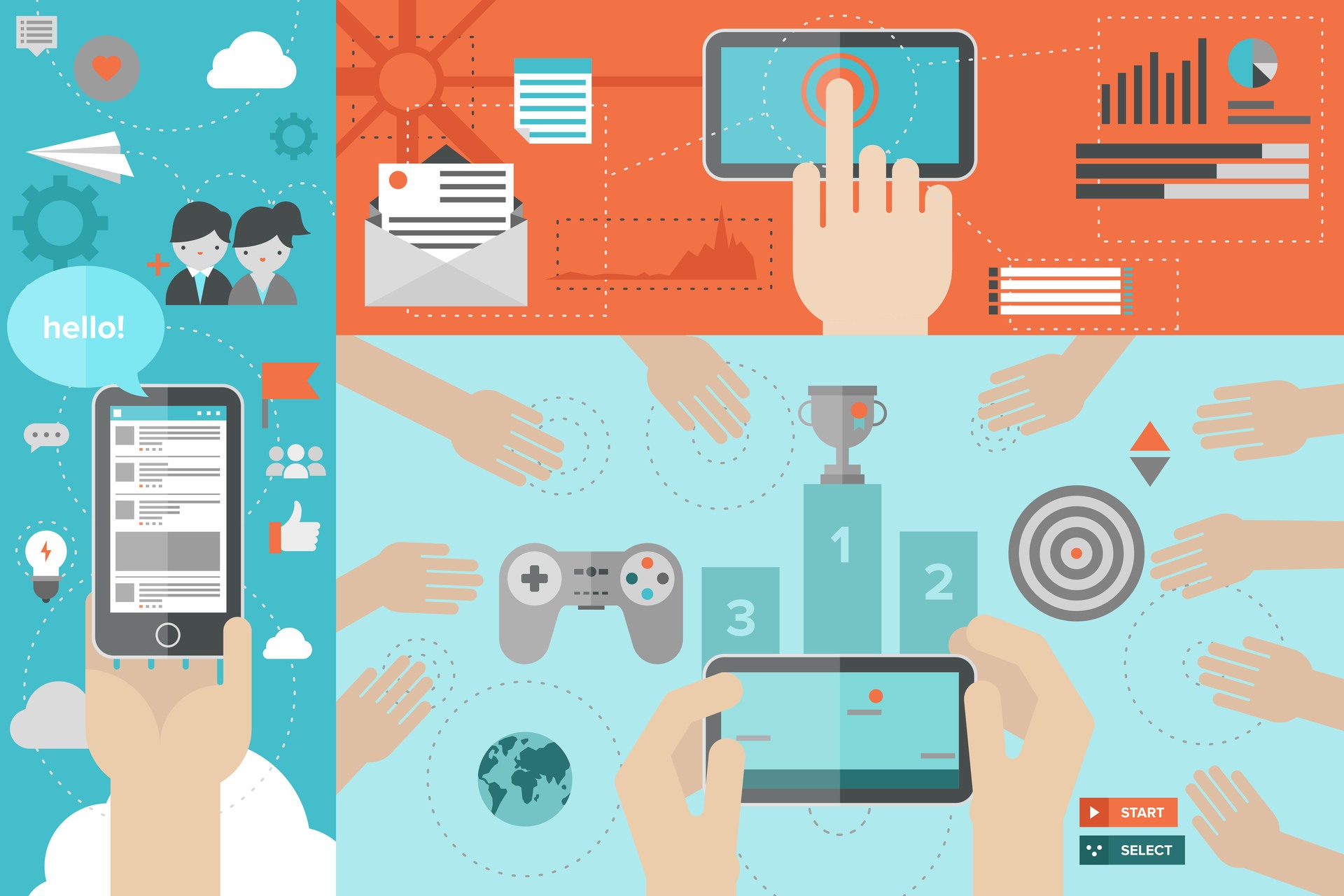How Gamification In eLearning Enhances Learning
What is Gamification?
According to Wikipedia, "Gamification techniques strive to leverage people's natural desires for socializing, learning, mastery, competition, achievement, status, self-expression, altruism, or closure.”

Gamification is about more than just playing games (in fact, sometimes it does not involve playing games at all). It can be defined as the concept of applying game-design thinking to non-game applications.
In the context of Gamification for serious learning, a game based concept is applied to content to meet the specific learning outcomes.
Does Gamification in eLearning truly help learners learn?
Several organizations do not consider Gamification in eLearning as a viable approach on account of higher cost, longer turn-around time to develop, and so on. Many shy away from using it in their formal eLearning programs, believing that while it is fun for the learners, it does not necessarily lead to a learning outcome.
However, there are some interesting statistics that clearly establish it cannot be ignored:
“By 21 years of age, many males will have spent over 10,000 hours immersed in online gaming.”
Source: McGonigal, Reality is Broken
Gartner’s research estimated that more than 70% of Global 2000 companies would offer at least one gamified application by the end of 2014, although not all effectively.
“By 2015, more than 50% of organizations that manage innovation processes will gamify those processes.”
Source: Gartner, 2011 industry research
How does Gamification enhance learning?
Successful learning is a combination of three elements:
- 70% from real-life and on-the-job experiences, tasks, and problem solving
- 20% from feedback and from observing and working with peers and role models
- 10% from formal training
Take a look at this diagram on the techniques used in learning design approaches and their relationship to retention of learning:

As we note from this, gamification can provide an effective approach to enhancing learning. This is on account of these inherent features:
- It evokes friendly competition.
- It provides the learners with a sense of achievement.
- It provides an engaging learner experience leading to anticipated behavior change.
- It encourages learners to progress through the content, motivate action, and eventually influence behavior.
6 Benefits of Gamification in eLearning
- Better learning experience.
The learner can experience “fun” during the game and still learn if the level of engagement is high. A good gamification strategy with high levels of engagement will lead to an increase in recall and retention. - Better learning environment.
Gamification in eLearning provides an effective, informal learning environment, and helps learners practice real-life situations and challenges in a safe environment. This leads to a more engaged learning experience that facilitates better knowledge retention. - Instant feedback.
It provides instant feedback so that learners know what they know or what they should know. This too facilitates better learner engagement and thereby better recall and retention. - Prompting behavioral change.
Points, badges, and leaderboards would surely make training awesome. However, gamification is about a lot more than just those surface level benefits. Gamification can drive strong behavioral change especially when combined with the scientific principles of repeated retrieval and spaced repetition. - Can be applied for most learning needs.
Gamification can be used to fulfill most learning needs including induction and onboarding, product sales, customer support, soft skills, awareness creation, and compliance. - Impact on bottom-line.
On account of all these aspects that touch and impact learners (better learning experience, higher recall and retention, catalyzing behavioral change, and so on), it can create a significant performance gain for the organization.
Success factors
While Gamification in eLearning provides several benefits, as outlined here, much depends on the concept that is used to drive the learning. The mantra to succeed in using gamification in eLearning is to create a concept that:
- Captures (and retains) learners’ attention
- Challenges them
- Engages and entertains them, and
- Teaches them
I hope this article has given you an insight on why you should evaluate Gamification for eLearning and how it will benefit both learners and your business.
Read more:
- Go Beyond Badges And Leaderboards: 5 Examples Of Gamification In Corporate Training
- Why Adopt Gamification For Corporate Training – 8 Questions Answered
- Free eBook - What Is Gamification And How Can It Enhance Corporate Training
- How Gamification Will Impact Corporate Learning
- Gamification For Serious Learning: 5 Facts That Will Impress Your Boss











